Forest Size and Profitability: 8 Key Strategies for Maximizing Returns
- September 13, 2024
- 0 comment
Forest management plays a vital role in sustaining industries such as timber, paper, and bioenergy while delivering critical ecological benefits like carbon sequestration and biodiversity conservation. The profitability of forest operations is heavily influenced by their size, which impacts both revenue potential and cost efficiency.
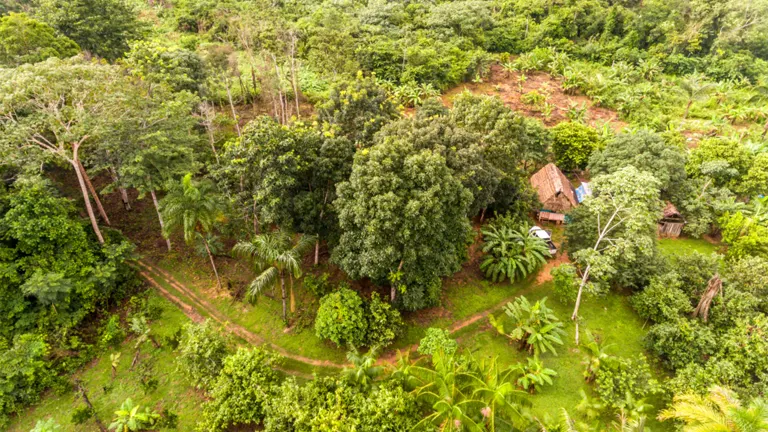
Larger forests often benefit from economies of scale, enabling lower management costs, while smaller forests may offer unique opportunities for niche markets. This article delves into the complex relationship between forest size and profitability, examining factors that drive revenue generation and cost control in forest management.
List of Forest Size and Profitability:
- The Role of Forest Size in Profitability
- Management Costs and Economies of Scale
- Small Forests: Challenges and Opportunities
- Large Forests: Maximizing Profits
- Impact of Forest Health and Biodiversity
- Timber Production vs. Non-Timber Products
- Government Incentives and Policies
- Case Studies of Small vs. Large Forests
Factors Influencing Forest Profitability
Several factors determine how profitable a forest can be. These include market demand for timber and other forest products, prevailing timber prices, and the management practices employed.
- Market Demand – Prices for timber and non-timber products fluctuate with global and local demand.
- Management Practices – Efficient management impacts cost control and productivity.
- Forest Size – Larger forests benefit from economies of scale, reducing per-unit costs.
- Government Policies – Incentives, subsidies, and carbon credits can boost profitability.
- Forest Health – Healthy forests with rich biodiversity ensure long-term sustainability and revenue.
Additionally, government policies and subsidies can either enhance or inhibit profitability, depending on the region and its focus on conservation versus commercial use. Other factors include forest health, tree species composition, and the forest’s proximity to markets or processing plants.
The Role of Forest Size in Profitability
One of the primary ways in which forest size influences profitability is through its capacity to generate revenue. Larger forests generally have greater potential to yield higher volumes of timber, which translates to more income. However, size also affects how efficiently a forest can be managed. Large forests tend to benefit from economies of scale, allowing operators to spread costs, such as those associated with labor, equipment, and transportation, across a larger area.
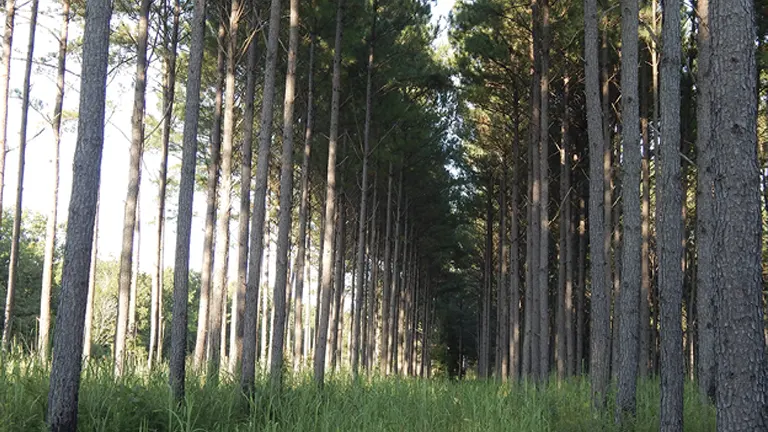
Smaller forests, on the other hand, might not have the same capacity for high-volume timber production but may offer other profitability avenues, such as ecotourism, specialty timber products, or non-timber forest products (NTFPs) like mushrooms, medicinal plants, and game.
Management Costs and Economies of Scale
One of the most significant advantages of managing a larger forest is the ability to achieve economies of scale. In this context, it refers to the cost advantage that comes from managing a large area with fewer resources per unit of land. For example, equipment and labor costs can be significantly lower per acre in a larger forest than in a smaller one. This reduces the overall management costs and improves profitability.
| Forest Size (Acres) | Management Cost per Acre ($) | Total Management Cost ($) | Cost Efficiency (%) |
|---|---|---|---|
| 50 Acres | 100 | 5,000 | Base (100%) |
| 100 Acres | 85 | 8,500 | 85% |
| 500 Acres | 70 | 35,000 | 70% |
| 1,000 Acres | 60 | 60,000 | 60% |
Forest roads, fire prevention measures, and pest control strategies are also more efficient on larger tracts of land, as they require a one-time investment that benefits the entire area. As a result, large-scale forest operations are often more cost-effective, leading to higher profits in the long term.
Small Forests: Challenges and Opportunities
Small forests face distinct challenges in profitability. One issue is that the management costs—such as labor, machinery, and transportation—tend to be proportionally higher than for larger forests. Additionally, smaller forests may not be able to participate in large-scale timber sales, which reduces their access to premium markets.
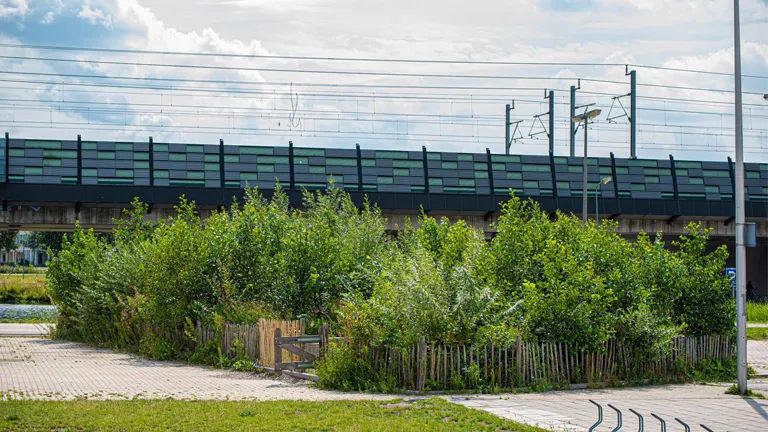
However, small forest owners have unique opportunities to tap into niche markets. Specialty timber, artisanal wood products, or forest-based tourism (e.g., guided tours or bird watching) can provide alternative revenue streams.
| Factor | Challenge ($/Acre) | Opportunity ($/Acre) | Net Impact |
|---|---|---|---|
| Management Costs | 120 | — | Higher per-acre costs |
| Niche Timber Products | — | 150 | Potential high revenue |
| Non-Timber Products | — | 100 | Alternative income source |
| Ecotourism/Leases | — | 80 | Additional revenue stream |
| Total Net Impact | 120 | 330 | Profitable Opportunities |
These non-timber forest products can be highly profitable in certain regions, particularly where there is strong demand for organic or eco-friendly goods. Owners of small forests can also focus on ecosystem services, such as leasing land for carbon offsets or conservation easements, which can generate steady income without needing intensive management.
Large Forests: Maximizing Profits
Larger forests are naturally positioned to capitalize on timber production, as they can offer a steady supply of wood to the market. Timber remains one of the most valuable resources extracted from forests, and larger operations can engage in long-term contracts with sawmills or pulp mills, ensuring steady revenue. Additionally, larger forest tracts can participate in carbon credit markets or renewable energy projects, such as biomass production, which can further boost profitability.
| Profit Source | Revenue per Acre ($) | Forest Size (Acres) | Total Revenue ($) |
|---|---|---|---|
| Timber Sales | 150 | 1,000 | 150,000 |
| Carbon Credits | 50 | 1,000 | 50,000 |
| Renewable Energy (Biomass) | 80 | 1,000 | 80,000 |
| Total Profits | — | — | 280,000 |
Corporate ownership of large forests often results in increased investment in technology and innovation. These owners may employ advanced harvesting equipment, drones for monitoring, and sophisticated data analytics to optimize forest management. By doing so, they increase timber yield, improve forest health, and reduce operational costs, all of which enhance profitability.
Impact of Forest Health and Biodiversity
Regardless of size, forest health is critical to long-term profitability. A forest plagued by pests, disease, or poor biodiversity is less likely to be productive over time. Practices like clear-cutting, which can degrade soil and biodiversity, may offer short-term profits but can harm long-term revenue potential.
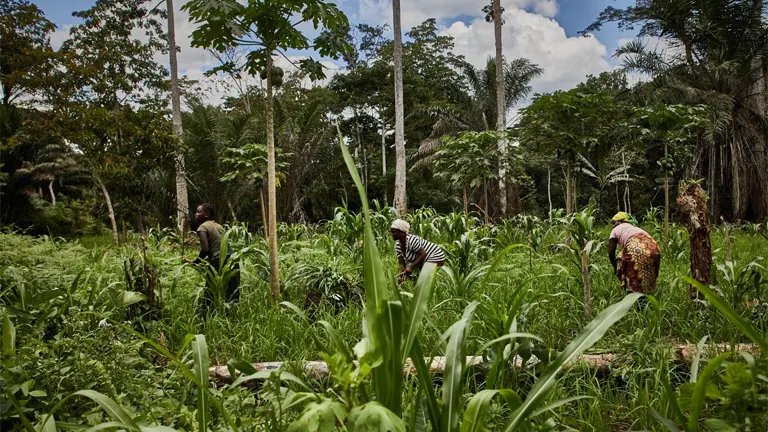
On the other hand, adopting sustainable management techniques, such as selective logging or planting mixed species, supports biodiversity and ensures that the forest remains productive for generations.
- Increased Resilience – Healthy, biodiverse forests are more resistant to pests and diseases.
- Sustainable Timber Yield – Biodiversity supports sustainable timber production over time.
- Enhanced Ecosystem Services – Healthy forests provide clean water, air, and carbon sequestration.
- Long-Term Profitability – Diverse ecosystems maintain productivity and profitability for future generations.
- Greater Product Variety – Biodiverse forests offer a range of non-timber products, boosting revenue.
Biodiversity contributes to forest resilience, helping it withstand threats like climate change, pests, or disease. A diverse forest is also more likely to offer a variety of products—timber, NTFPs, and carbon credits—that enhance profitability.
Timber Production vs. Non-Timber Products
While timber production remains the dominant source of profit for many forests, non-timber products are gaining traction. These include items such as wild fruits, nuts, mushrooms, and medicinal plants, which often fetch high prices in specialty markets. For small forest owners, non-timber forest products offer a valuable revenue stream that requires less intensive management than timber.
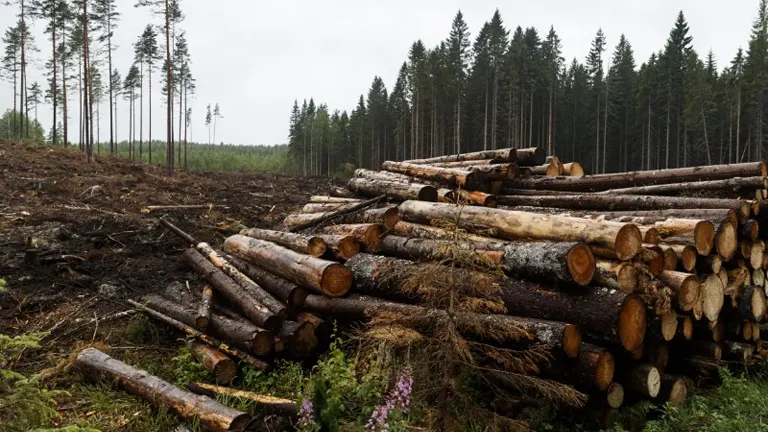
Larger forests may also diversify their income sources by leasing land for activities such as hunting, fishing, or ecotourism. This not only helps buffer against fluctuating timber prices but also provides a more stable year-round income.
Government Incentives and Policies
Many governments offer financial incentives to encourage sustainable forest management and conservation efforts. These can take the form of subsidies, tax breaks, or grants aimed at reforestation, biodiversity conservation, or carbon sequestration. Additionally, carbon offset programs allow forest owners to sell carbon credits on international markets, providing another stream of income that rewards maintaining forest cover and enhancing ecosystem health.
Case Studies of Small vs. Large Forests
In Europe, small forest owners have successfully turned to niche markets to maintain profitability. For instance, some owners in Italy have focused on high-quality hardwoods or artisanal wood products, while in Scandinavia, large corporate forest owners have capitalized on biomass production for energy generation.
- Small Forest in Italy – Focuses on high-quality hardwoods for artisanal products, catering to niche markets.
- Large Corporate Forest in Scandinavia – Specializes in biomass energy production for renewable energy, maximizing large-scale profits.
- Small Family-Owned Forest in the U.S. – Diversifies income through ecotourism and non-timber products like mushrooms and herbs.
- Large Commercial Forest in Canada – Profits from extensive timber harvesting and carbon credit sales.
- Small Conservation Forest in Costa Rica – Generates income through carbon offsets and eco-friendly tourism.
These examples highlight that while forest size plays a role in profitability, strategic management decisions can offset the inherent challenges of smaller or larger operations.
Final Conclusion: Balancing Forest Size with Profitability
While forest size is an essential factor in determining profitability, it is not the only one. Both large and small forests can be profitable if managed wisely, with considerations for market demand, cost efficiency, sustainability, and diversification. Sustainable practices, government incentives, and innovative management techniques are all crucial to ensuring long-term success in forest management.
Frequently Asked Questions (FAQs)
- How does forest size impact profitability?
Larger forests tend to benefit from economies of scale, reducing per-acre management costs, while smaller forests may face higher costs but have access to niche markets and alternative revenue streams. - What are the main factors that influence forest profitability?
Key factors include market demand, timber prices, management practices, forest health, biodiversity, and government policies or incentives like subsidies or carbon credits. - How do large forests benefit from economies of scale?
Large forests can spread costs like labor, equipment, and maintenance over a larger area, making operations more cost-effective, which increases profitability. - What challenges do small forest owners face in terms of profitability?
Small forests often face higher management costs per unit of land and limited access to large-scale timber markets, but they can explore alternative income sources such as non-timber products or ecotourism. - Are there alternative revenue sources for small forests?
Yes, small forests can generate income through non-timber forest products, carbon credits, conservation efforts, or tourism-related activities like bird watching or guided tours. - What are some ways to maximize profits in large forests?
Large forests can focus on timber production, engage in renewable energy projects like biomass, participate in carbon offset markets, and take advantage of advanced technology for forest management. - How does biodiversity affect long-term forest profitability?
Healthy biodiversity increases forest resilience to pests, diseases, and climate change, ensuring sustainable production and long-term profitability. - What role do government incentives play in forest profitability?
Governments offer grants, subsidies, and carbon offset programs that reward sustainable forest management and conservation efforts, boosting forest profitability. - How do timber and non-timber products compare in profitability?
Timber remains a significant source of income, especially in large forests, while non-timber products like wild fruits, mushrooms, or medicinal plants offer valuable revenue streams, particularly in smaller forests. - How is climate change affecting forest profitability?
Climate change presents both risks and opportunities, influencing forest health, altering growing conditions, and creating demand for carbon sequestration services, which can add a new dimension to forest profitability.
We hope this guide has shed light on the intricate relationship between forest size and profitability, illustrating how both small and large forests contribute to economic and ecological well-being. Have experience managing a forest or thoughts on maximizing its profitability? Share your insights below and join the discussion. Your input could inspire others to adopt sustainable, profitable practices. Don’t forget to share this guide with those passionate about forestry and conservation to help secure a prosperous future for our natural resources.

James Wilson
Forestry AuthorJames Wilson has over 15 years of experience in forestry economics, specializing in sustainable practices, investment opportunities, and financial management. He has contributed to notable publications like "Forestry Today" and "EcoFinance Journal" and is known for providing practical and insightful advice. With a degree in Environmental Economics, James stays updated through continuous learning and active participation in industry discussions. Outside work, he enjoys hiking and nature photography, bringing a well-rounded perspective to his professional role.


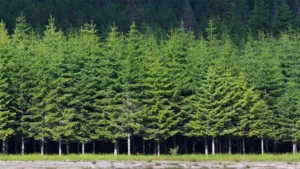
Leave your comment